Kawasaki disease (KD) is an uncommon illness that mainly affects children under five years of age. There are approximately 200 cases of KD diagnosed in Singapore every year.
KD is caused by inflammation of blood vessels throughout the body, including those of the heart (coronary vessels). This inflammation is known as vasculitis. There have been many theories for what causes this, but the most generally accepted one is an immune system overdrive after a viral infection triggers.
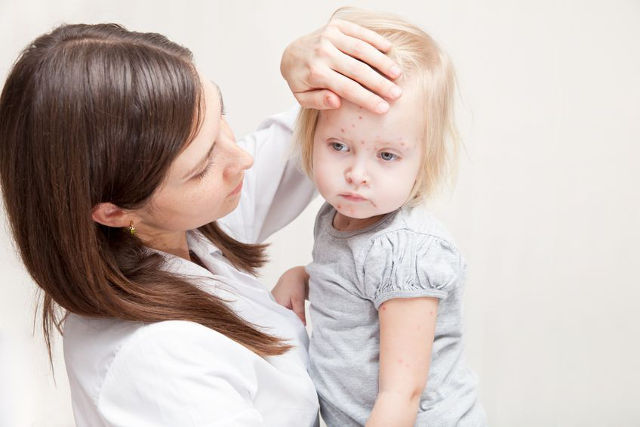
There is no simple test for KD. The diagnosis is made by recognising the symptoms and signs of KD in a child who has a persistent fever with no other likely explanation. Blood tests may be helpful, and an echocardiogram (ultrasound of the heart) may be performed to look for any changes in the coronary (heart) arteries.
Signs And Symptoms
The disease usually begins with a high fever (over 39 degrees Celcius) which continues for at least five days. Many, but not all, children also develop other symptoms such as:
- Extreme irritability (especially in young children)
- Large, swollen lymph glands in the neck
- A rash (varying morphology from flat rashes to bumpy rashes)
- Red shiny or dry cracked lips
- Red, lumpy (strawberry-looking) tongue
- Red eyes (conjunctivitis) without discharge
- Swollen / red hands or feet
- Peeling of the skin on the hands and feet (in the second week of the illness)
- An unusual nappy rash
- Joint pains
Diagnosis of KD can sometimes be delayed, especially if the classical symptoms are not present. Other diseases may also mimic KD symptoms, and require different treatments.
The most important part of KD is that it may cause inflammation of the arteries that supply blood to the heart, which can result in an aneurysm (‘bubble’ in the artery) that can cause heart problems in the future. This occurs in about 25 per cent of patients if they do not receive treatment.
Treatment
The treatment for KD is intravenous immunoglobulin. This is purified from donated blood transfusions and contains concentrated amounts of antibodies.
Large doses of intravenous immunoglobulin are usually effective in stopping the fever and other symptoms of KD and help to prevent coronary artery problems as well. In 10% of cases, a second dose of IVIG may be necessary. Resistant cases are treated with steroids (IV methylprednisolone) or anti-tumour necrosis factor drugs like Infliximab.
Some parents worry about their child being given blood products. It is important to understand that this risks are very low, yet the risks from untreated KD are quite high.
Doctors can manage the symptoms of Kawasaki disease if they catch it early. The symptoms typically disappear within just two days of when treatment begins. Usually, if Kawasaki disease is treated within 10 days of when the first symptoms begin, no heart problems develop. But if the illness goes untreated, it can lead to more serious complications especially dilatation of the coronary arteries, which supply blood to the heart.
Most children will also be given aspirin for a few weeks after the onset of KD. This helps to prevent problems with the coronary arteries.
Prognosis
A small number of children develop problems with either the heart muscle or the coronary arteries. The heart problems appear in the first phase of the illness and this is why the initial echocardiogram is performed. If the test is negative, then it is very unlikely that problems will develop later but a further check test is usually done at six to eight weeks.
A small percentage of children have a recurrence of the symptoms weeks or months later. If this happens, repeat treatment is usually successful. Consideration of other diagnosis like systemic vasculitis diseases may sometimes be necessary.
The vast majority of children with KD recover and live normal lives.
By Dr Liew Woei Kang, Paediatrician, SBCC Baby & Child Clinic.
(Note: Dr Liew Woei Kang is no longer with SBCC Baby & Child Clinic).
This article was first published in The New Age Parents e-magazine.
* * * * *
Like what you see here? Get parenting tips and stories straight to your inbox! Join our mailing list here.
Want to be heard 👂 and seen 👀 by over 100,000 parents in Singapore? We can help! Leave your contact here and we’ll be in touch.

























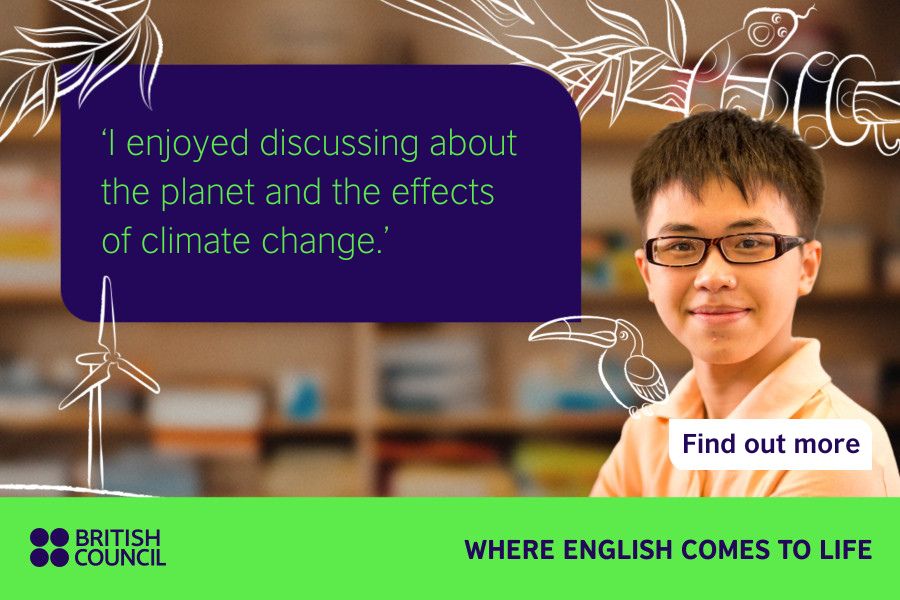










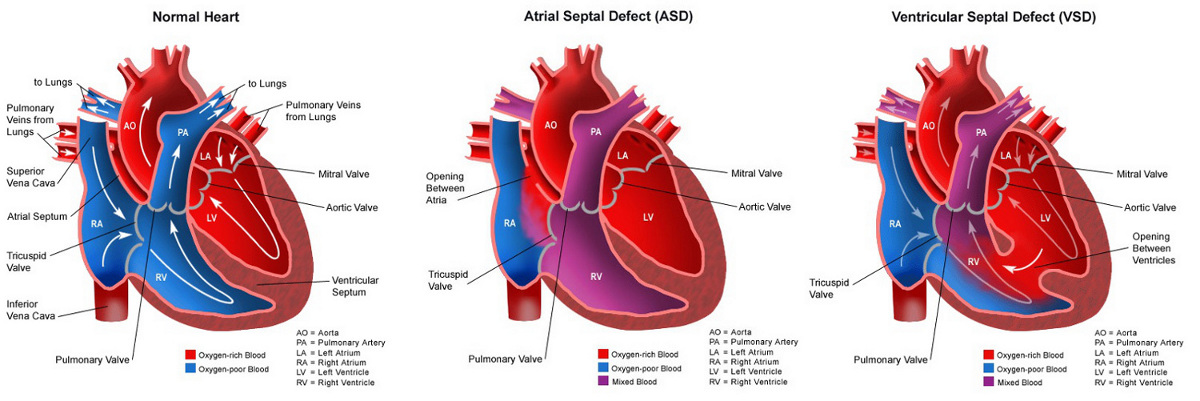
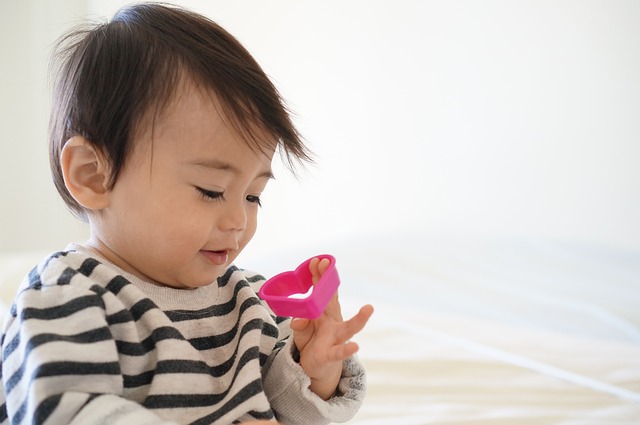
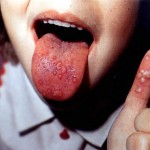
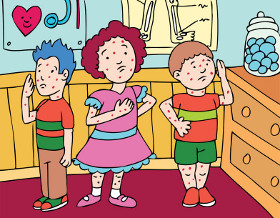
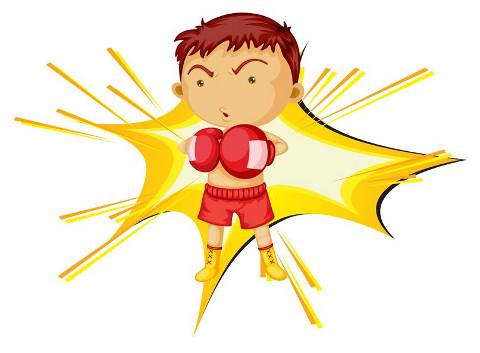

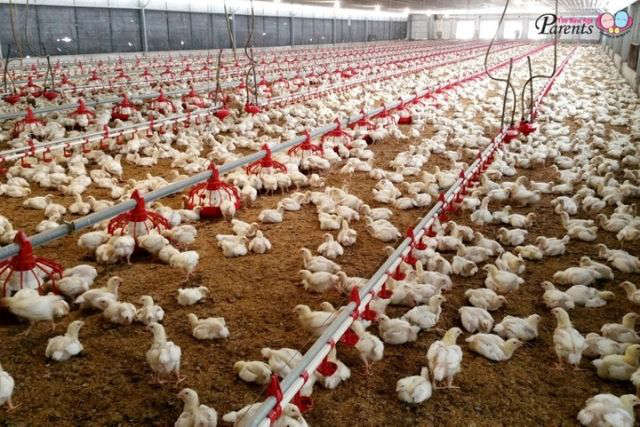

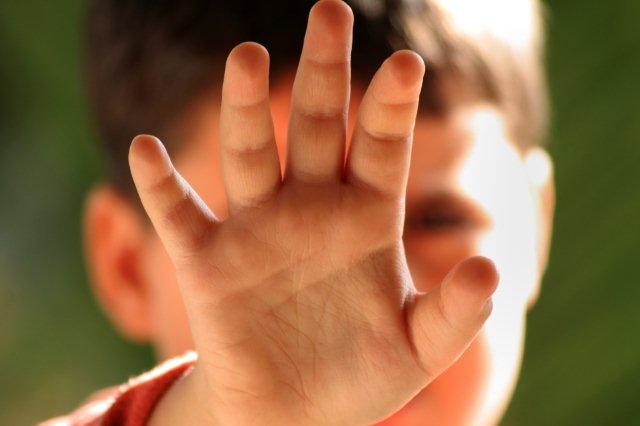













Leave a Comment: